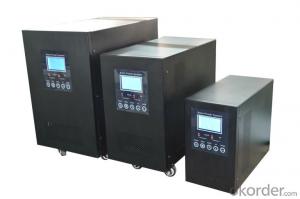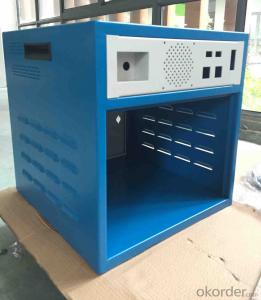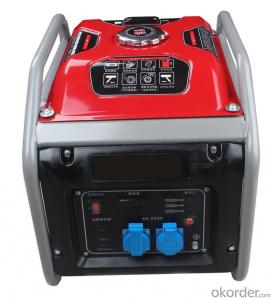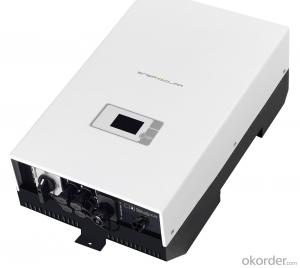Inverter Solar Generator
Inverter Solar Generator Related Searches
Inverter Generator Solar Solar Inverter Generator Solar Power Inverter Generator Solar Generator Inverter Inverter Generator Solar Panel Inverter Solar Solar Inverter Generators Solar Solar Inverter Inverter Power Solar Power Inverter Solar Inverter Solar Cell Inverter Battery Solar Solar Converter Inverter Inverter Solar System Inverter Charger Solar Solar Inverter Inverter Inverter Hybrid Solar Battery Inverter Solar Inverter Solar Battery Inverter Solar Panel Inverter Solar Pump Solar Electric Inverter Inverter Solar Inverter Solar Energy Inverter Power Solar Inverter Solar Battery Inverter Inverter Solar Systems Smart Inverter Solar Inverter Solar Hybrid Solar Grid InverterInverter Solar Generator Supplier & Manufacturer from China
An Inverter Solar Generator is a type of power generation system that combines solar panels, an inverter, and a battery storage system to provide clean, reliable electricity. This innovative technology harnesses the power of the sun and converts it into usable energy, making it an excellent choice for both residential and commercial applications. The inverter within the system plays a crucial role in transforming the direct current (DC) generated by the solar panels into alternating current (AC), which is compatible with most electrical devices and appliances.The Inverter Solar Generator is highly versatile and can be used in a variety of scenarios, from off-grid living to emergency backup power during power outages. It is particularly useful for remote locations where access to traditional power sources is limited, as well as for outdoor activities such as camping and boating. This product also offers a sustainable and eco-friendly alternative to fossil fuel-based power generation, reducing carbon emissions and promoting energy independence.
Okorder.com is a leading wholesale supplier of Inverter Solar Generators, boasting a large inventory of high-quality products to cater to the growing demand for clean energy solutions. With competitive prices and a commitment to customer satisfaction, Okorder.com is the go-to destination for businesses and individuals seeking to invest in reliable and efficient solar power systems.
Hot Products

















































